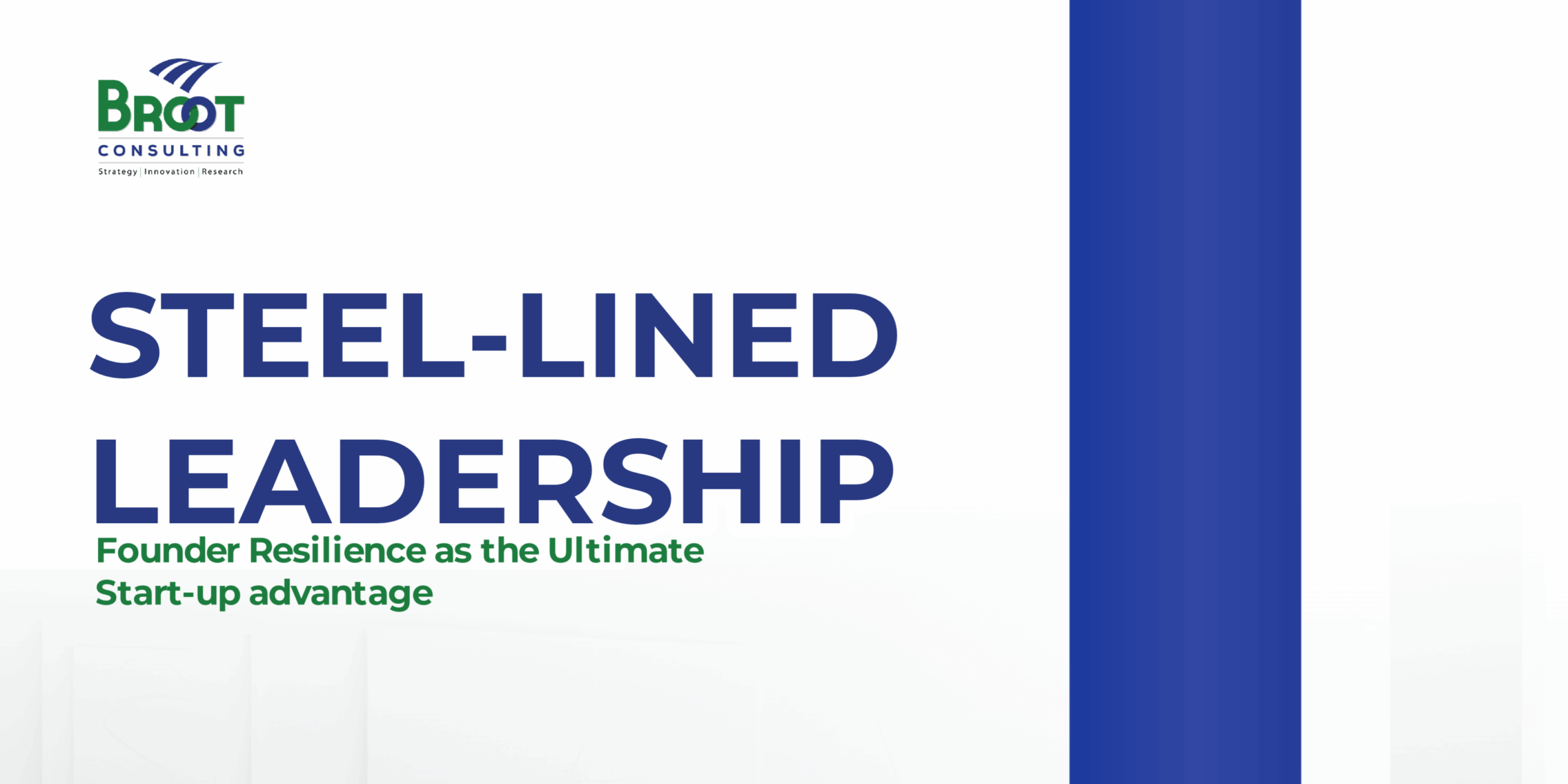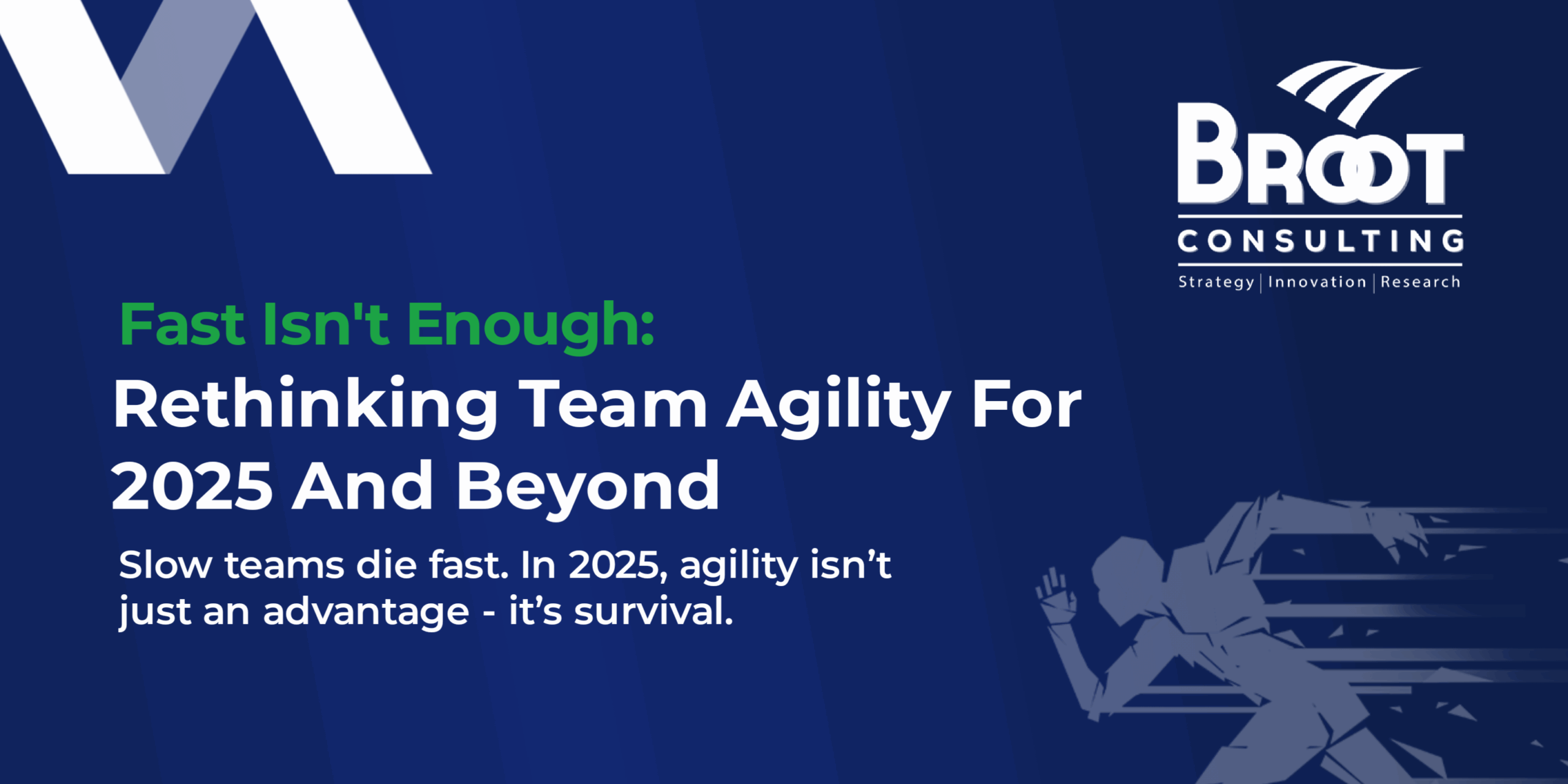Co-creation: The Secret to Unlocking Your Team Potential
The people who write the plan don’t fight the plan! – Jill Forbes
Do you think you can become better, perform and achieve better by solo effort? Before you decide, let me share with you two wise sayings that may make you think twice. The first one is, “A tree does not make a forest.” The second one is, “If you want to go fast, go alone. If you want to go far, go together.” These sayings show the power of co-creation and collaboration. However, many people tend to shy away from these practices when making important decisions, fearing that co-creation or collaboration may expose them to their rivals or foes.
As a leader, you need a clear vision and a sound strategy to lead your organization to success. However, without strong alignment and commitment from your team, your vision may become fuzzy, and your ideas may be wasted. Co-creation is a powerful tool for unlocking your team’s talents, ideas, and potential. Co-creation is a process where your stakeholders feel involved in creating, developing, and implementing an idea. Co-creation is not just a buzzword. It is a proven way to improve your team’s performance, creativity, and satisfaction
What is co-creation, and why does it work?
Co-creation allows you to be more open and transparent. It challenges you to focus intensely, relax, and embrace the talents and values of others without losing sight of your goals and objectives. It is a collaborative process that enables the development of sustainable solutions for any kind of challenge, person, product, or service. By adopting the co-creation method, you must involve external stakeholders in your vision, such as customers, employees, or partners.
Co-creation is participatory, inviting people to share their perspectives, insights, and experiences to shape the way forward. It is based on the idea that the best solutions come from diverse stakeholders’ collective wisdom rather than a single authority’s top-down directives.
Co-creation taps into the intrinsic motivation of your stakeholders. They feel their insights matter when invited to contribute to discussions about a problem or opportunity. They become more engaged in the outcome and more willing to take responsibility for their roles and actions.
Co-creation fosters a culture of trust, respect, and innovation within your team. By valuing different opinions and encouraging constructive feedback, you create an environment where your team members can learn from each other, try new ideas, and overcome challenges together.
Example of Co-creation for better impact
Co-creation can unlock endless possibilities for the betterment of society. It is a collaborative process that involves external stakeholders in creating solutions for complex problems. Here are two great examples of co-creation in Africa:
- Naspers Labs: This network of physical spaces enables young people between the ages of 17 and 25 to access online learning, mentorship, and employment opportunities. The Labs aim to address the issue of youth unemployment in South Africa by providing a holistic solution that combines personal development, digital skills, and job readiness. Naspers Labs is a result of the partnership between NASPERS, a global consumer internet group that invests in and operates online platforms in high-growth markets, and RLABS, a social enterprise that empowers communities through innovation, skills development, and social change. The partners recognized the importance of co-creating their solution with the youth, who are the primary beneficiaries and contributors of the Labs.
- Ushahidi: This is open-source software for information collection, visualization, and interactive mapping. Ushahidi, which means “testimony” in Swahili, was created in 2008 to map reports of violence during the post-election crisis in Kenya. Since then, the platform has been used for various purposes, such as crisis response, human rights advocacy, citizen journalism, and community development. Ushahidi co-creates with its users, who can submit reports via multiple channels, such as SMS, email, web, or social media. Ushahidi also invites users to contribute to the development and improvement of the platform by providing feedback, suggestions, translations, or code. Ushahidi has been used in over 160 countries and has impacted millions of lives.
How to co-create
Co-creation can help you unlock your potential by combining knowledge, skills, and resources from different sources and networks. Co-creation can boost your performance, creativity, and satisfaction, as well as earn the trust and respect of your stakeholders. Co-creation can also align your stakeholders with your goals and vision. Co-creation is not a one-time event. It is an ongoing process that requires planning, preparation, and execution. Here are some steps you can follow to co-create with your team effectively:
- Define the problem or opportunity: Before you start co-creating, you must have a clear and shared understanding of the issue you want to address. You can use tools such as the problem statement, the empathy map, or the stakeholder map to define the problem or opportunity from different perspectives and identify the key stakeholders involved.
- Invite the right people: Co-creation is not about inviting everyone, using the session to satisfy people in your inner caucus or as a reward for loyalty. Co-creation works by asking the right people who can contribute to the solution. You need to consider the diversity, expertise, motivation, interest and influence in solving the problem. You also need to ensure that they have the time, resources, and authority to participate in the co-creation process in solving the problem. To succeed, you must develop a clear strategy for recruiting them to participate in your co-creation process. Ensure diversity and inclusion of different backgrounds, perspectives, and voices.
- Set the ground rules: Co-creation requires a safe and supportive environment where people can express their opinions, ideas, and feedback without fear or judgment. You need to establish some ground rules for the co-creation process, such as respecting each other, listening actively, being open-minded, and giving constructive criticism. You must also clarify each participant’s roles, responsibilities, and expectations.
- Use the right methods and tools. Co-creation involves various methods and tools to help you generate, develop, and test ideas. Brainstorming, prototyping, or storytelling methods can stimulate creativity and innovation. You can also use sticky notes, whiteboards, or online platforms to facilitate collaboration and communication. You must choose the methods and tools that suit your purpose, context, and audience.
- Iterate and improve: Co-creation is not a linear process. It is a cyclical process that involves testing, learning, and improving. You need to gather feedback from your stakeholders and users throughout the co-creation process and use it to refine your ideas and solutions. You also need to measure the impact and value of your solutions and make adjustments as required.
- Analyze and refine your co-created solutions: After your co-creation session, get feedback on your co-created solutions. Did they meet your goals? How will you test and validate them with your target users or beneficiaries? How will you share your progress and results with your co-creators and stakeholders?
- Implement and sustain your co-created solutions: How will you launch and scale your co-created solutions to achieve your desired impact? How will you monitor and measure your outcomes and benefits? How will you maintain and improve your co-created solutions based on ongoing feedback and learning?
Are you ready to co-create?
Done wrongly, co-creation can be daunting and frustrating. For this reason, you must ask yourself critical questions before starting a co-creation process. Before you embark on a co-creation journey, you need to ask yourself some questions to help you assess your readiness and suitability for co-creation. Here are some questions that may benefit you:
- Why do I want to co-create? What are my goals and objectives for co-creation?
- Who do I want to co-create with? Who are my stakeholders and users, and what are their needs and expectations?
- How do I want to co-create? What methods and tools do I like to use, and what are my resources and constraints?
- When do I want to co-create? What are the timelines and milestones for co-creation, and how do I manage them?
- What are the risks and challenges of co-creation, and how do I mitigate them?
- What are the benefits and outcomes of co-creation, and how do I measure and communicate them?
Conclusion
Co-creation is more than a buzzword. It is a secret weapon that can unleash your team’s potential. By co-creating, you can tap into your stakeholders’ collective wisdom, creativity, and motivation and create more effective, sustainable, and satisfying solutions. Co-creation can also help you improve your team’s performance, innovation, and satisfaction and your organization’s reputation, competitiveness, and impact. Co-creation is not a walk in the park, but it is worth the effort. If you want to go far, go together.
Co-creation is not a magic bullet that will solve all your problems. It requires time, energy, and commitment from you and your team. But the rewards are worth it. Co-creation can help you unlock your team’s potential, enhance your team’s performance, and increase your team’s satisfaction.
I hope this article helps you understand the power and practice of co-creation. If you have any questions or feedback, please comment below. I would love to hear from you.
Are you ready to co-create with your team? What is holding you back? And if you need any help or guidance, we at BROOT Consulting are always here to help your team succeed in your innovation journey.
Written by:
Olukunle A. Iyanda, PhD, FCA, SNFLI.




